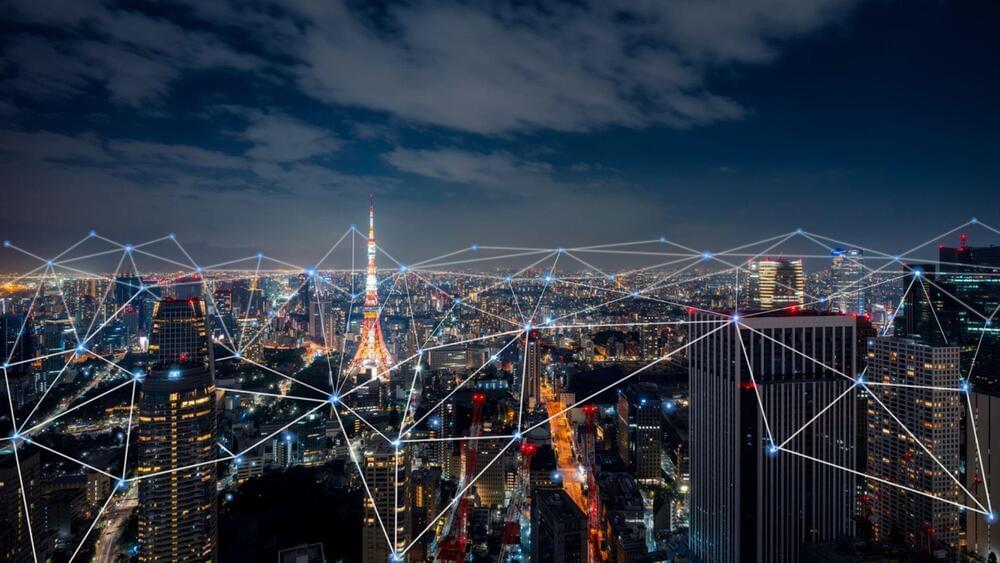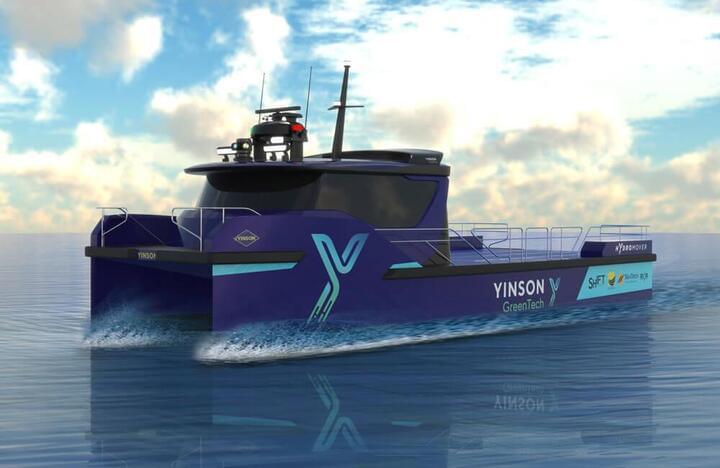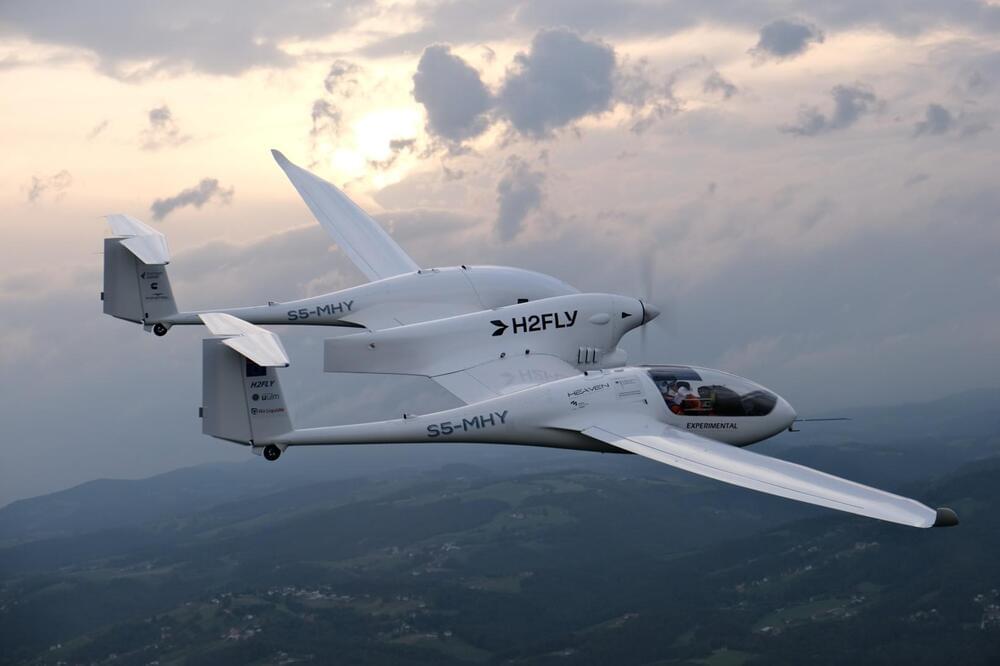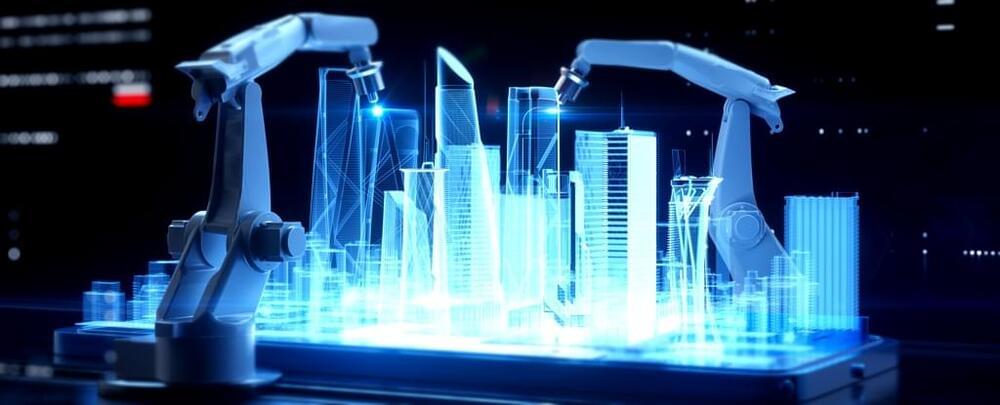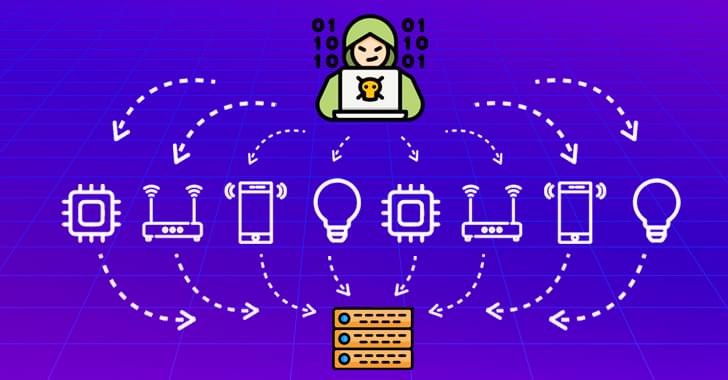Singapore’s first electric cargo vessel is due to start sea trials and launch in the fourth quarter, according to Yinson Green Technologies, part of a consortium chosen by the city-state to help electrify marine craft.
The Hydromover, developed by the Goal Zero consortium, is near completion, YGT Chief Executive Officer Eirik Barclay said in an interview in Kuala Lumpur this week. YGT will also be introducing an electric vessel for transferring crew — developed with Norwegian startup Lift Ocean AS — by the end of the year, Barclay said. That craft is called the Hydroglyder.
“We want to be part of all associated services with clean electric vessels, starting with Singapore,” Barclay said. YGT is a subsidiary of Malaysia-listed Yinson Holdings Bhd. Yinson shares have risen about 3% this year.
